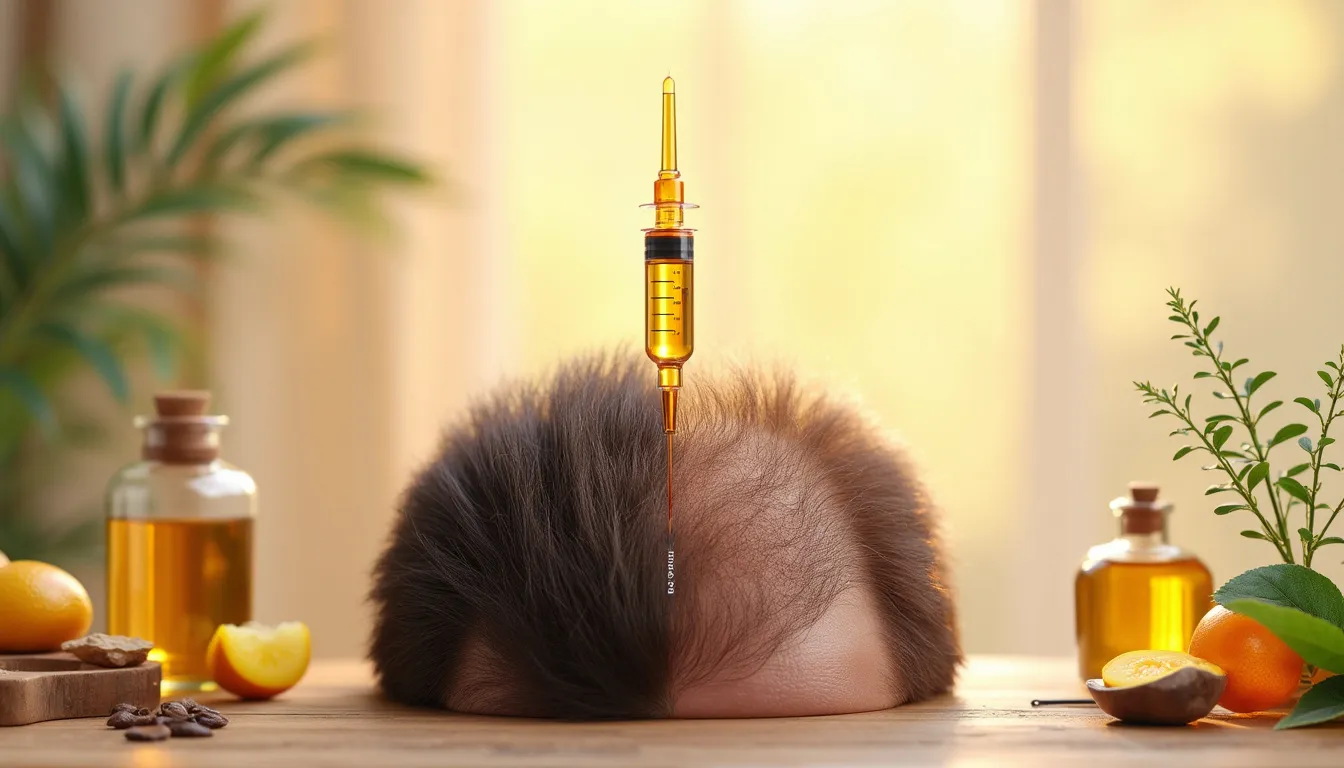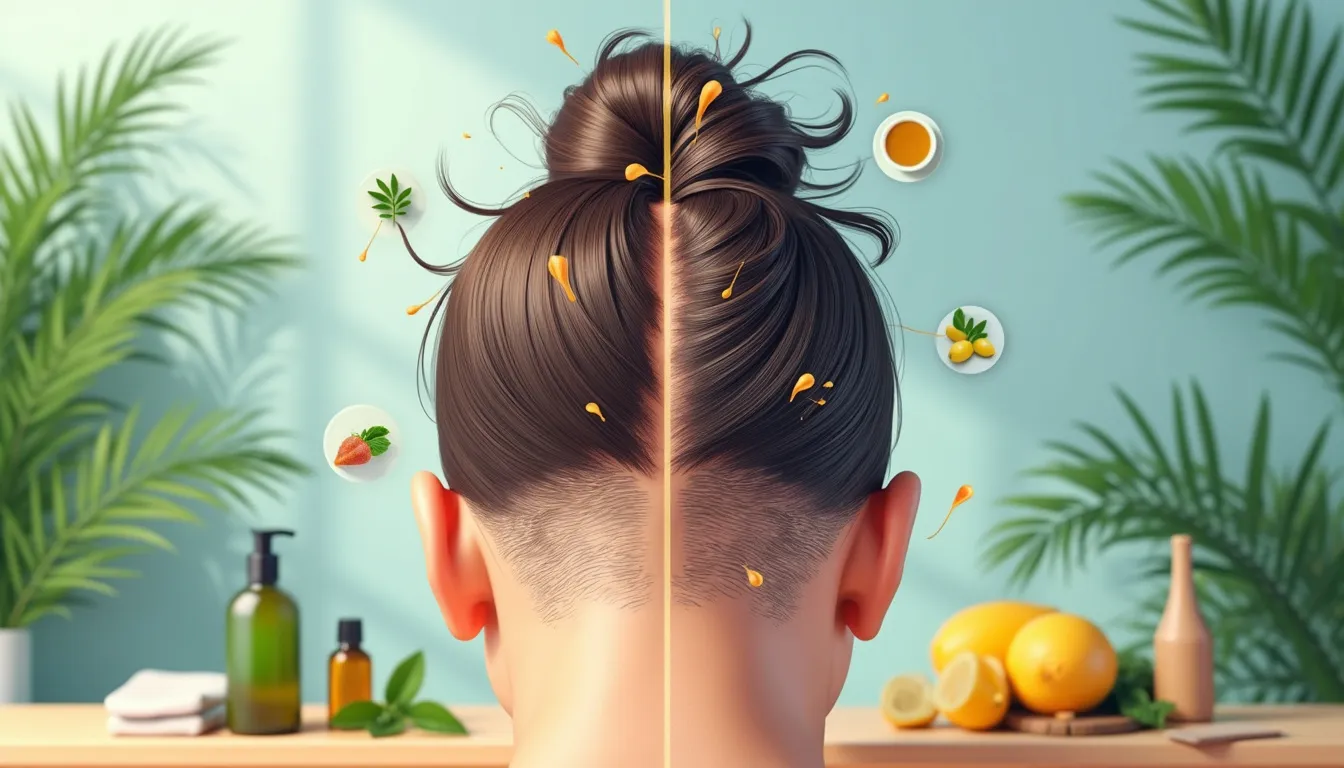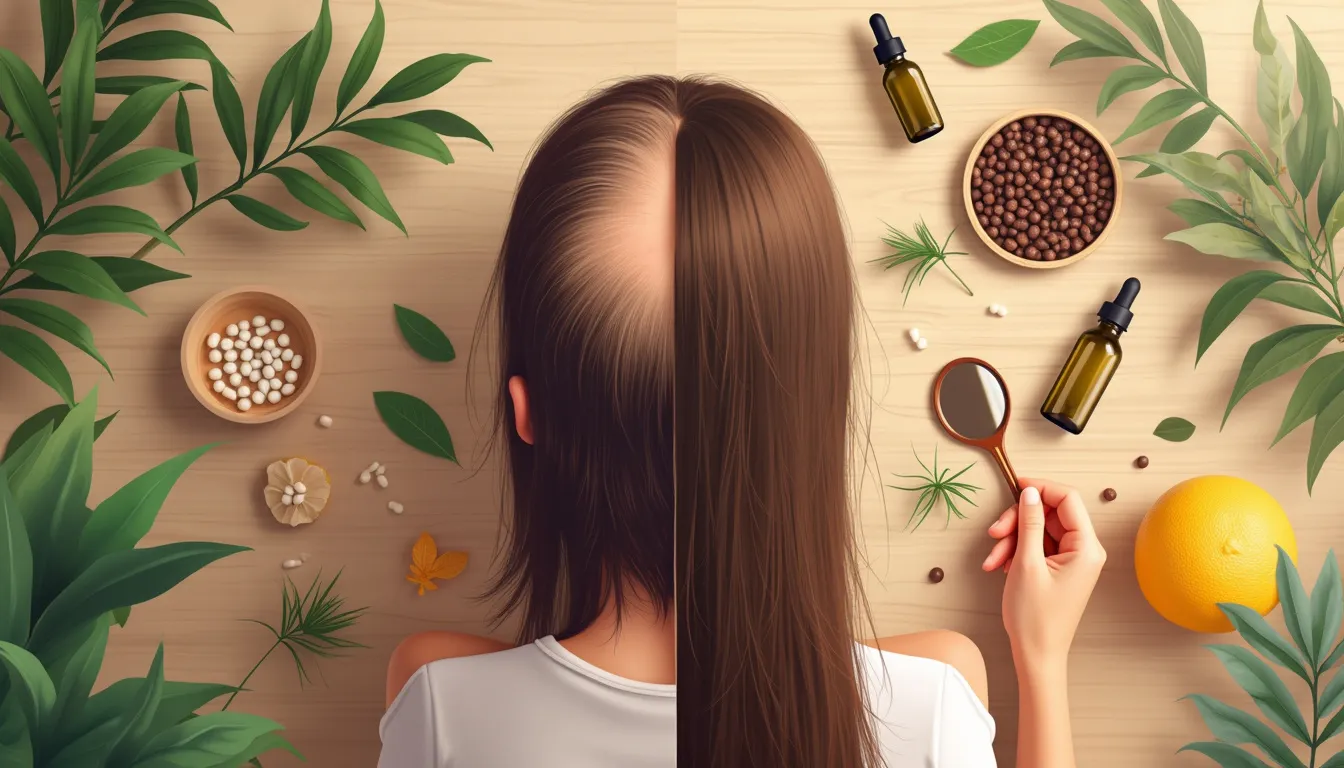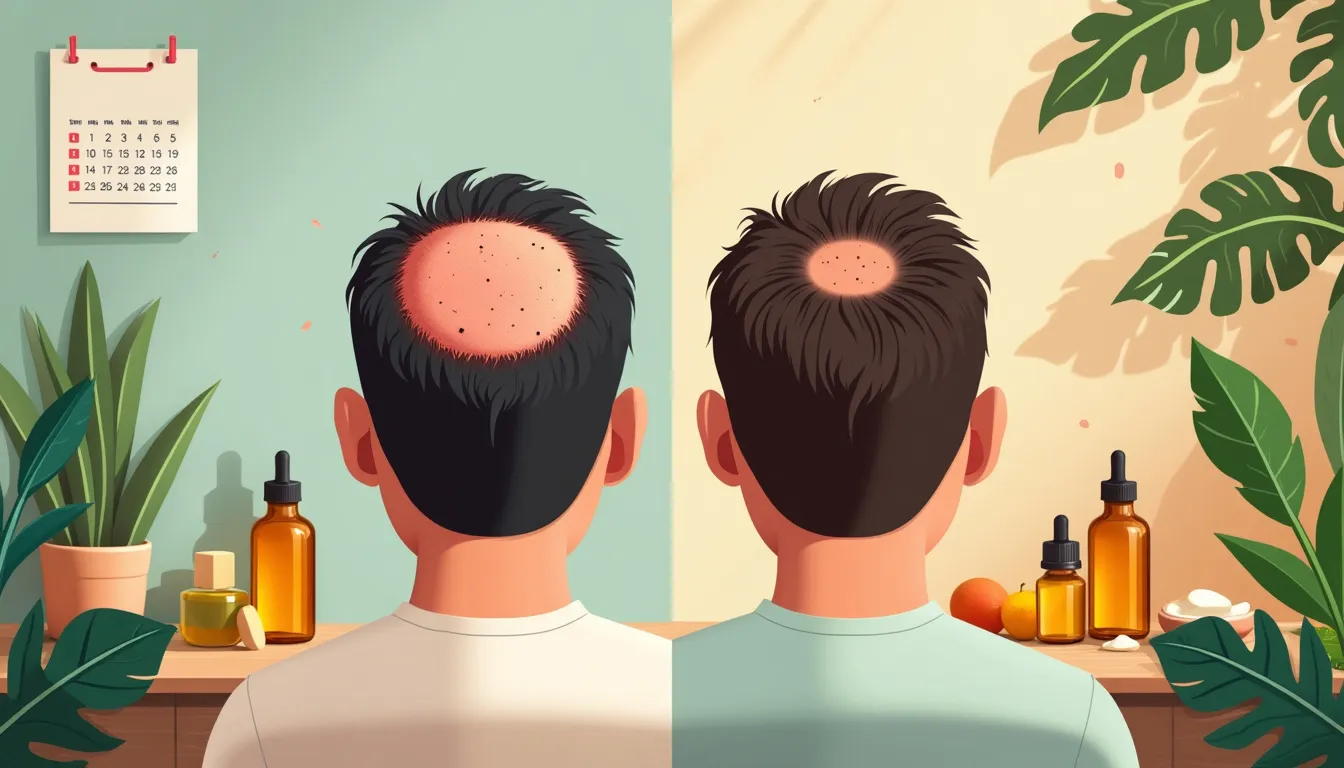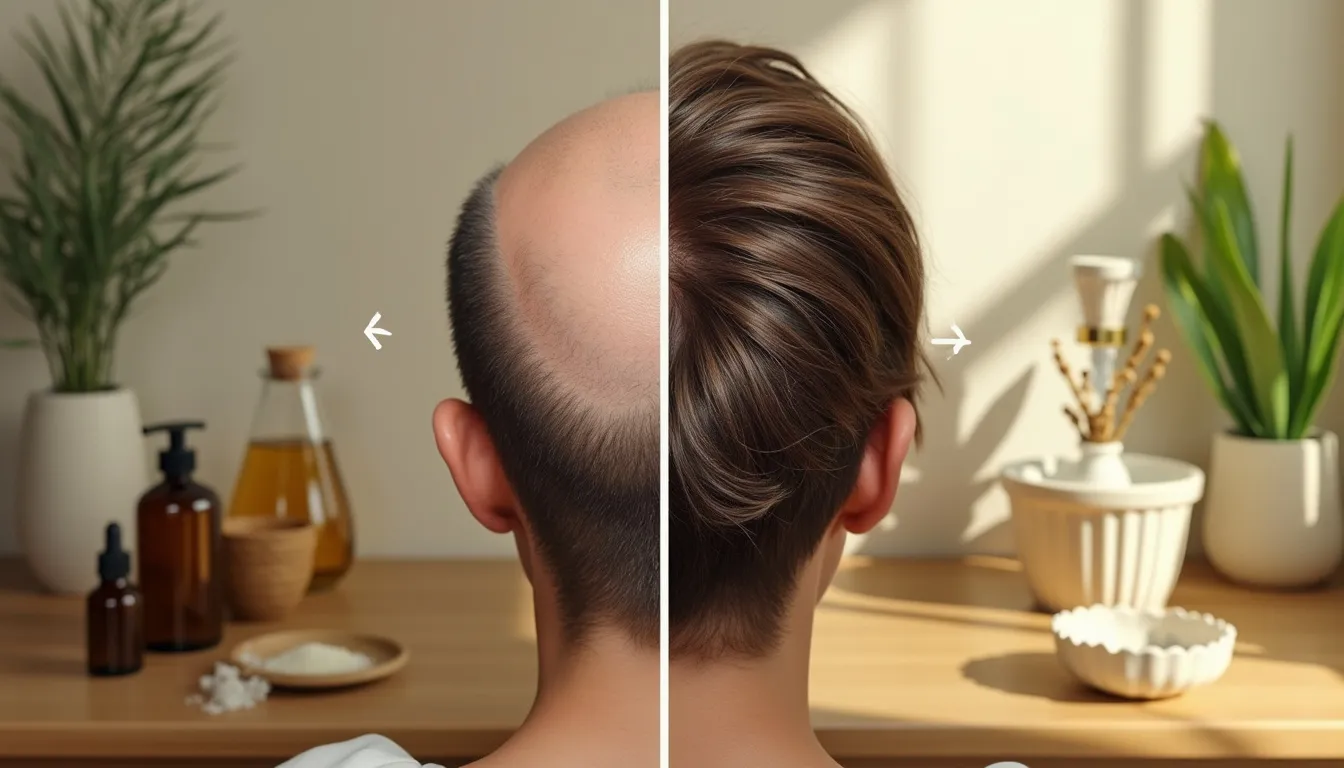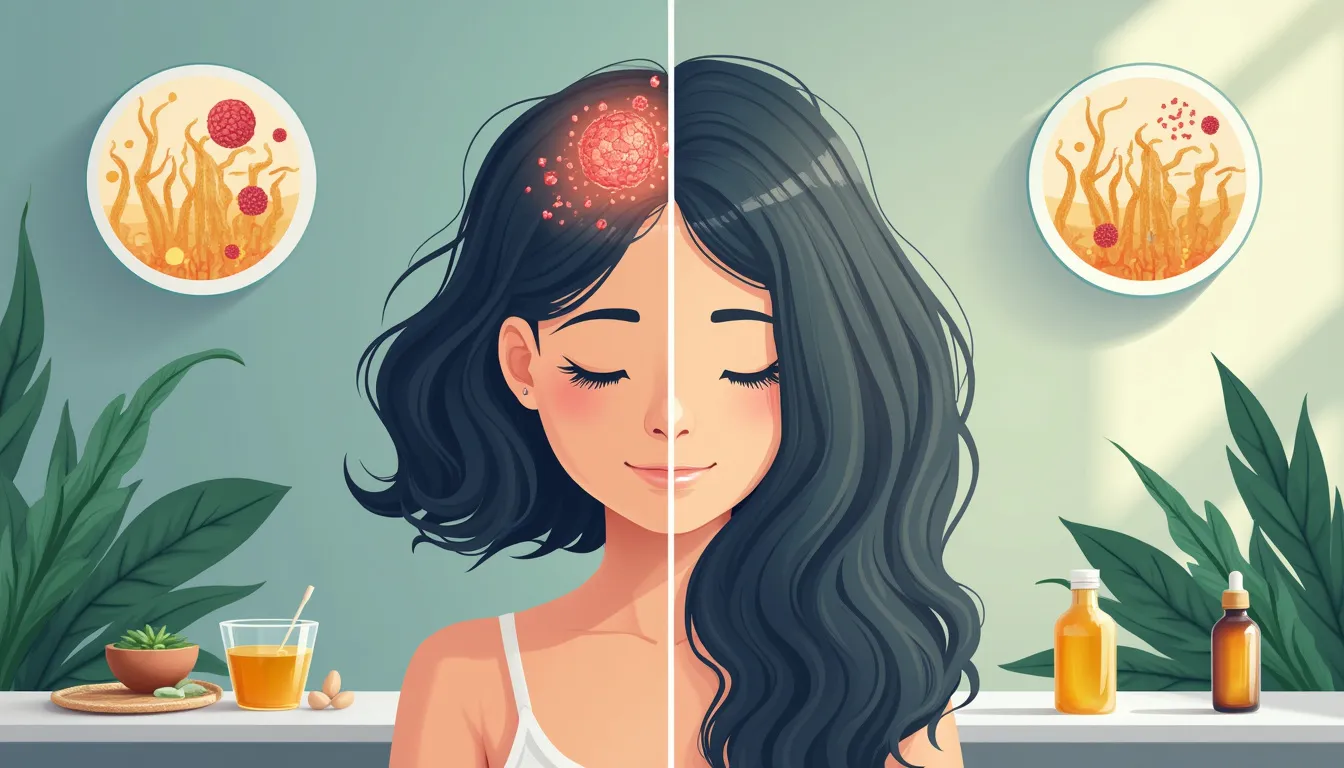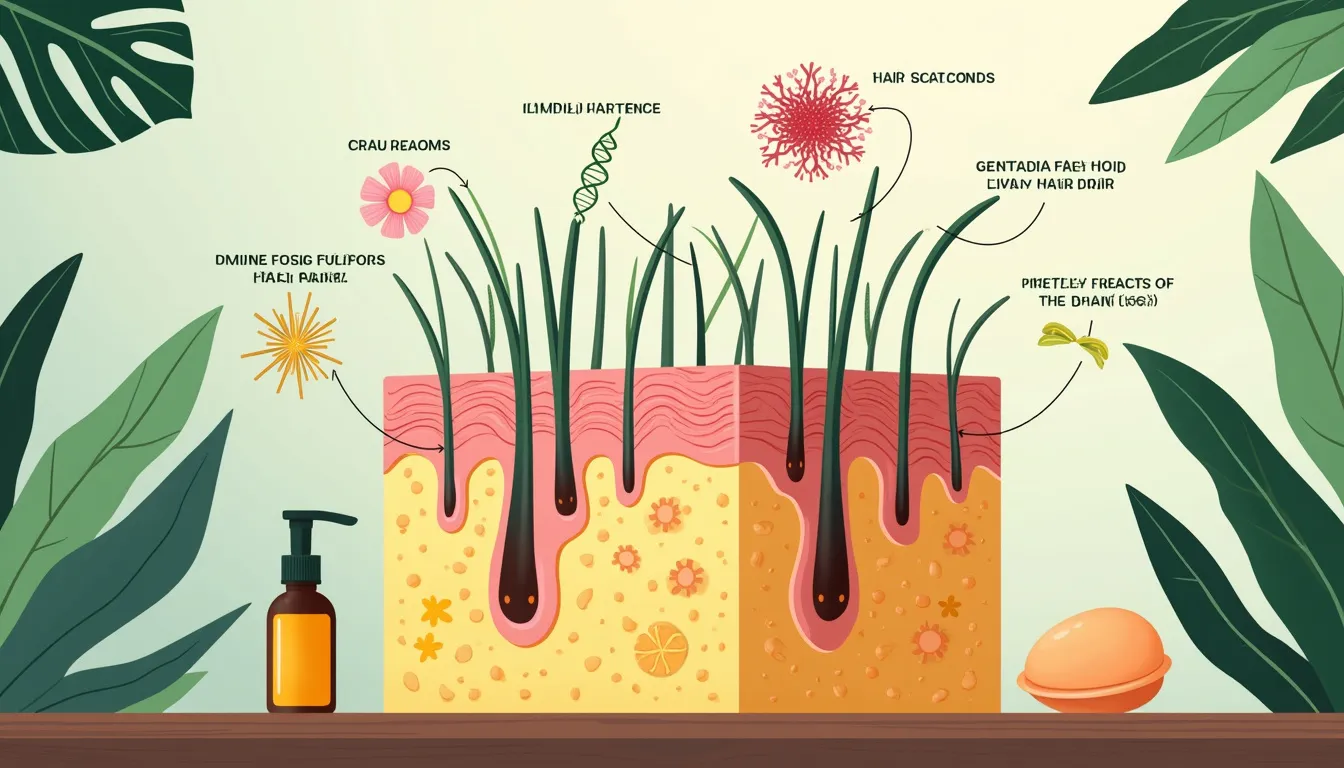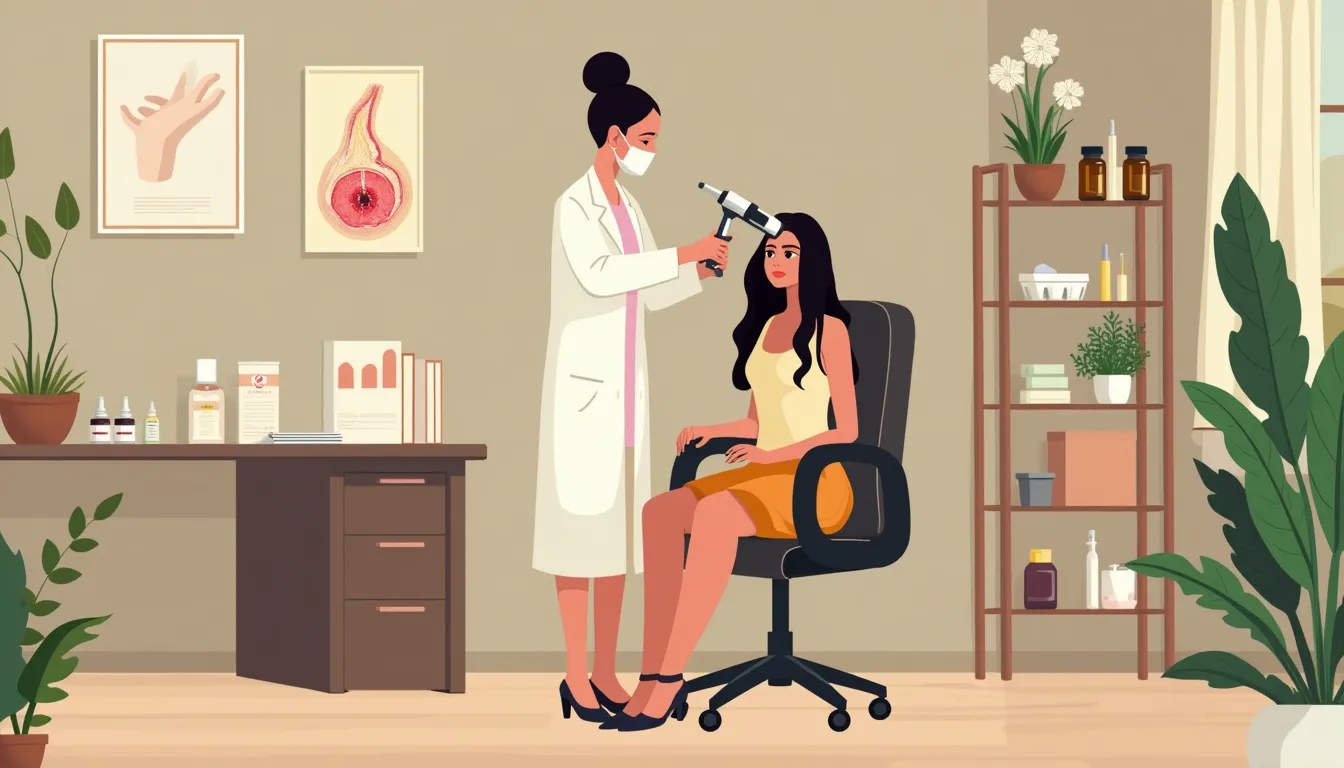Are you tired of watching your hairline recede or your once-lush locks thin out? You’re not alone. Hair loss affects millions of people worldwide, impacting self-esteem and confidence. But what if there was a cutting-edge treatment that could help you reclaim your crowning glory? Enter PRP for hair loss, a revolutionary approach that’s turning heads in the world of hair restoration. Platelet-Rich Plasma (PRP) therapy isn’t just a buzzword; it’s a scientifically-backed method that harnesses your body’s own healing powers to stimulate hair growth. In this article, we’ll dive deep into the world of PRP treatment, exploring how this innovative procedure works, what you can expect during the process, and why it’s becoming the go-to solution for those battling hair loss. Whether you’re just starting to notice thinning or you’ve been struggling with hair loss for years, PRP might be the game-changer you’ve been waiting for. So, sit back, relax, and let’s unravel the secrets of this promising hair loss treatment that’s giving hope to follicles everywhere.
Introduction to PRP Treatment for Hair Loss
What is PRP (Platelet-Rich Plasma)?
If you’re one of the millions battling hair loss, you’ve probably heard whispers about a treatment that sounds straight out of a sci-fi movie: PRP. No, it’s not a new robot overlord, but rather a cutting-edge solution that’s making waves in the world of hair restoration. So, what exactly is this mysterious PRP?
PRP stands for Platelet-Rich Plasma, and it’s essentially a concentrate of platelet-rich plasma protein derived from your own blood. I know what you’re thinking – Wait, my own blood? Yep, you heard that right! But before you start imagining vampires and blood banks, let me break it down for you.
Here’s the scoop: PRP is a substance that’s extracted from your blood and then injected into your scalp to stimulate hair growth. It’s like giving your scalp a superhero serum, but instead of turning you into Captain America, it turns you into Captain Fabulous Hair (cape optional).
The Science Behind PRP
Now, let’s get a bit sciency (don’t worry, I’ll keep it light). Your blood is made up of several components, including red blood cells, white blood cells, plasma, and platelets. Platelets are the real MVPs here. They’re packed with growth factors that play a crucial role in healing and regeneration.
When PRP is used for hair loss, these concentrated platelets are injected into your scalp, where they get to work like tiny construction workers, rebuilding and repairing your hair follicles. It’s like throwing a party for your hair follicles, and everyone’s invited!
How PRP Works for Hair Restoration
So, how does PRP work its magic on your thinning mane? Let’s break it down:
- Stimulating dormant hair follicles: PRP can wake up those lazy, dormant follicles and encourage them to start producing hair again. It’s like a wake-up call for your sleepy scalp!
- Increasing blood supply to the follicles: Better blood flow means more nutrients for your hair follicles. It’s like giving your scalp its own personal meal delivery service.
- Thickening the hair shaft: PRP can help make your existing hair strands thicker, giving you that voluminous look you’ve been dreaming of.
- Prolonging the growth phase of hair: Hair typically goes through growth, resting, and shedding phases. PRP can extend the growth phase, giving you more time with your luscious locks.
Who Can Benefit from PRP for Hair Loss?
PRP isn’t just for one type of hair loss. It can be beneficial for various conditions, including:
- Androgenetic alopecia (male and female pattern baldness)
- Alopecia areata (patchy hair loss)
- Traction alopecia (hair loss due to tight hairstyles)
- General thinning and loss of hair volume
However, it’s important to note that PRP isn’t a miracle cure for everyone. It tends to work best for people in the early stages of hair loss or those with areas of weak quality hair growth on the scalp. If you’re as bald as a cue ball, PRP might not be your best bet (but hey, the Mr. Clean look is pretty cool too!).
The PRP Advantage
One of the biggest advantages of PRP for hair loss is that it’s a natural treatment. Since it uses your own blood, there’s no risk of allergic reactions or rejection. It’s like your body’s way of saying, I’ve got your back… or in this case, your head!
Moreover, PRP is a non-surgical procedure. That means no scalpels, no stitches, and no need to wear a hat for weeks while you recover. You can literally get the treatment done during your lunch break and head back to work (although maybe skip the hair flips for a day or two).
Is PRP the Right Choice for You?
While PRP for hair loss sounds promising, it’s not a one-size-fits-all solution. The effectiveness can vary from person to person, and it often requires multiple sessions to see significant results. It’s also worth noting that PRP is typically not covered by insurance, so be prepared to invest in your hair’s future.
If you’re considering PRP for hair loss, it’s crucial to consult with a qualified professional. They can assess your specific situation and determine if PRP is the right course of action for you. After all, you wouldn’t trust just anyone with your precious locks, would you?
Remember, while PRP can be an effective treatment for hair loss, it’s not the only option out there. From medication to lifestyle changes, there are many ways to combat hair loss. In fact, if you’re looking for a comprehensive approach to hair restoration, you might want to check out HairFortin, a program designed to help stop hair loss using a multi-faceted approach.
In the end, whether you choose PRP, another treatment, or decide to rock that balding look with confidence, remember that true beauty comes from within. But let’s be honest, a full head of hair doesn’t hurt either!
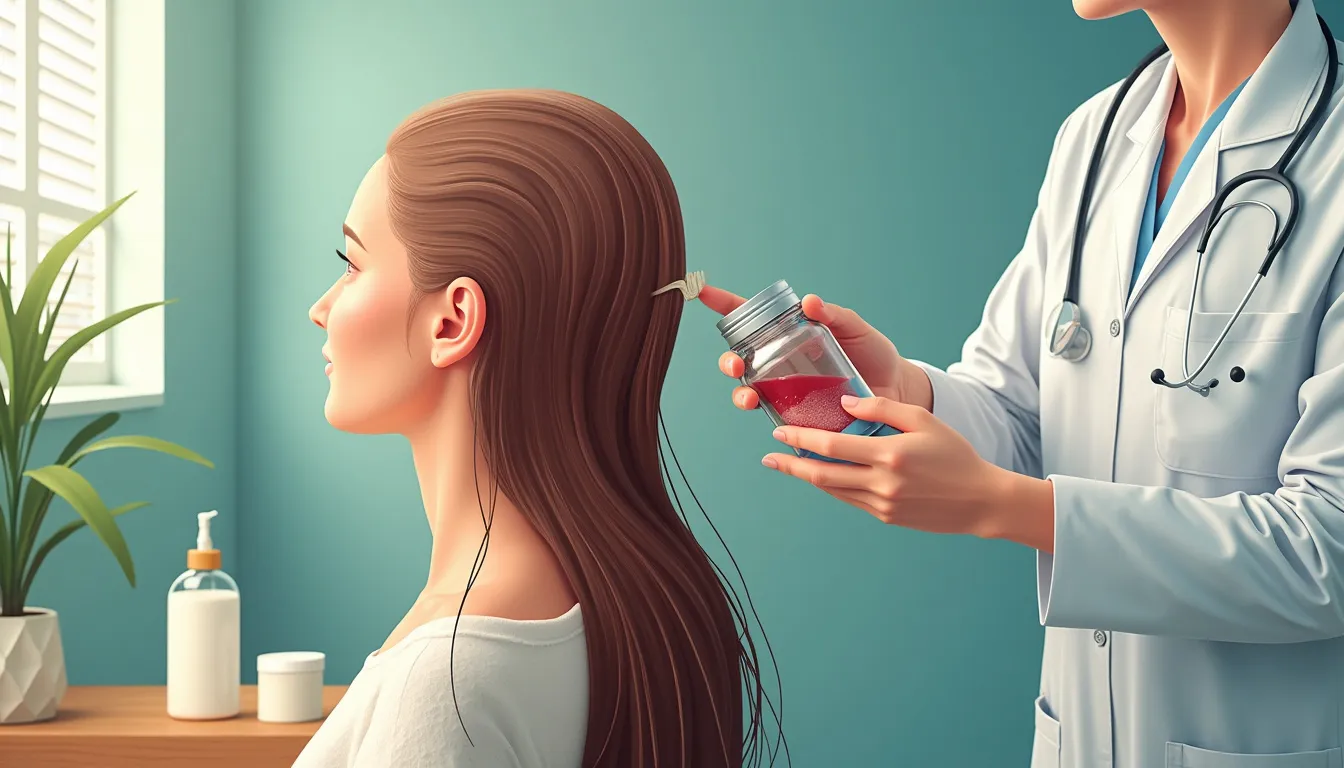
The PRP Treatment Process for Hair Loss
If you’re considering PRP for hair loss, understanding the treatment process is crucial. Let’s dive into the nitty-gritty of how this innovative procedure works its magic on your precious locks.
A. Step-by-step explanation of the procedure
PRP treatment for hair loss isn’t as intimidating as it might sound. In fact, it’s a relatively straightforward process that can be broken down into several manageable steps. Let’s walk through them together:
1. Blood Draw
The journey begins with a simple blood draw, much like any routine blood test you’ve had before. A small amount of blood (usually about 20-30 ml) is taken from your arm. Don’t worry, it’s over before you know it!
2. Blood Processing
Here’s where the magic happens! Your blood is placed in a centrifuge, a nifty machine that spins the blood at high speeds. This process separates the different components of your blood, isolating the platelet-rich plasma. It’s like your blood is going for a really fast roller coaster ride!
3. PRP Extraction
Once the spinning is complete, the platelet-rich plasma is carefully extracted. This golden liquid is packed with growth factors that are about to become your hair’s new best friend.
4. Scalp Preparation
While your blood is being processed, your scalp is prepped for the treatment. This usually involves cleaning the area and may include the application of a topical anesthetic to ensure your comfort during the procedure.
5. PRP Injection
Using a very fine needle, the PRP is strategically injected into areas of the scalp experiencing hair thinning or loss. Don’t let the word ‘injection’ scare you – most patients report minimal discomfort during this step.
6. Post-Treatment Care
After the treatment, you’ll receive instructions for caring for your scalp. This typically includes avoiding washing your hair for 24 hours and refraining from intense physical activity for a few days.
The entire process usually takes about 60-90 minutes, making it a convenient option for even the busiest of schedules. Plus, you can return to most normal activities immediately after the treatment. Talk about lunch break makeover!
B. Benefits and potential side effects of PRP for hair loss
Now that we’ve covered the ‘how’, let’s talk about the ‘why’. PRP for hair loss has gained popularity for good reason, offering several compelling benefits. However, like any medical treatment, it’s important to be aware of potential side effects too.
Benefits of PRP for Hair Loss
- Natural Approach: PRP uses your own blood, reducing the risk of allergic reactions or rejection. It’s like your body is helping itself!
- Minimal Downtime: Unlike hair transplant surgery, PRP treatments require little to no recovery time. You could literally get it done on your lunch break!
- Stimulates Hair Growth: PRP can wake up dormant hair follicles, potentially leading to new hair growth and increased hair thickness.
- Improves Hair Quality: Many patients report not just more hair, but healthier, shinier locks too.
- Non-Surgical: For those squeamish about going under the knife, PRP offers a non-surgical alternative for hair restoration.
- Versatile Treatment: PRP can be used alone or in combination with other hair loss treatments for enhanced results.
Sounds pretty great, right? But let’s keep it real and talk about potential side effects too.
Potential Side Effects of PRP for Hair Loss
- Mild Pain: Some patients experience temporary discomfort at the injection sites. But hey, no pain, no gain, right?
- Scalp Tenderness: Your scalp might feel a bit tender for a day or two after treatment. It’s just letting you know it’s working hard!
- Minor Bleeding: Given that injections are involved, some minor bleeding at the injection sites is possible. Don’t worry, it’s usually minimal.
- Itching: As your scalp heals, you might experience some itching. Resist the urge to scratch – your future hair will thank you!
- Temporary Swelling: Some patients notice slight swelling on their scalp, which typically subsides within a few days.
It’s worth noting that serious side effects from PRP for hair loss are rare. Most patients tolerate the treatment well and experience minimal discomfort. However, as with any medical procedure, it’s crucial to discuss potential risks with your healthcare provider before proceeding.
Remember, while PRP for hair loss shows promising results, it’s not a one-size-fits-all solution. Results can vary from person to person, and multiple sessions are usually required for optimal outcomes. Patience is key – it can take several months to see significant improvements in hair growth and thickness.
If you’re tired of watching your hairline recede faster than the tide, PRP might just be the wave of hope you’ve been waiting for. Why not ride that wave to a fuller, healthier head of hair? Your future self (and your hair) might thank you!
Ready to take the plunge into PRP treatment? While you’re considering your options, why not check out this fantastic program designed to help stop hair loss in its tracks? Click here to learn more about HairFortin and take the first step towards reclaiming your luscious locks!
In conclusion, PRP treatment for hair loss stands out as a promising and innovative solution in the realm of hair restoration. This non-surgical approach harnesses the body’s natural healing abilities to stimulate hair growth and improve overall hair health. As we’ve explored, the process is relatively straightforward, minimally invasive, and offers several benefits with few side effects.
While PRP for hair loss has shown encouraging results for many individuals, it’s important to remember that outcomes can vary. Factors such as the extent of hair loss, underlying causes, and individual response to treatment all play a role in determining the effectiveness of PRP therapy. Additionally, multiple sessions are typically required to achieve optimal results, and maintenance treatments may be necessary to sustain the effects.
As with any medical procedure, it’s crucial to consult with a qualified healthcare professional before embarking on PRP treatment for hair loss. They can assess your specific situation, discuss potential outcomes, and determine if you’re a suitable candidate for this innovative therapy.
The field of hair restoration is constantly evolving, and PRP represents a significant step forward in non-surgical options. While it may not be a cure-all for every type of hair loss, its natural approach and promising results make it an attractive option for many individuals struggling with thinning hair or baldness.
Ultimately, PRP for hair loss offers hope to those seeking to restore their hair and boost their confidence. As research continues and techniques are refined, we can expect to see even more improvements in this exciting field of regenerative medicine. If you’re considering PRP treatment for hair loss, take the time to educate yourself, weigh the pros and cons, and make an informed decision that’s right for you and your hair health goals.
For those interested in exploring additional options to combat hair loss, we recommend checking out the HairFortin program at https://hairsecurity.net/HairFortin. This comprehensive approach to hair health may complement or provide an alternative to PRP treatment, depending on your individual needs and preferences.
